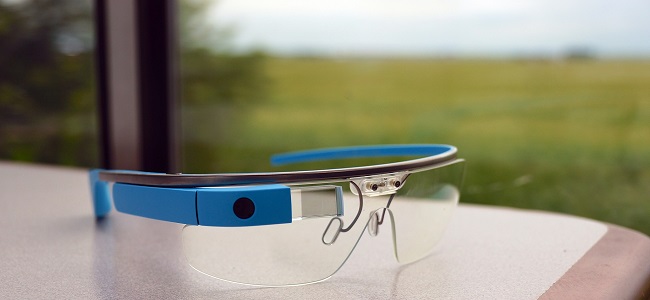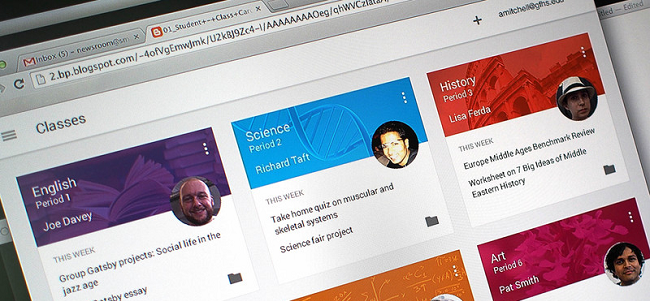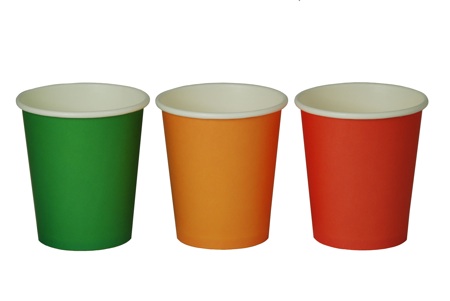Teaching resource suppliers Picture News are helping Primary schools across the country to teach pupils about life, current affairs, values and social awareness in the world around them. The company produces weekly posters featuring a different news story and engaging image – designed in part with weekly assemblies on current affairs in mind. Each tube contains an A2-sized poster with a thought-provoking question, KS1/KS2 ideas, British values cards and web links for further learning on the story.
Global education pioneers Promethean are heading to Bett 2016 to spread the word of collaboration. Taking into account employers’ increasing emphasis on the need for collaborative skills, the edu-resource experts will be attending the London conference to show teachers how these abilities can be developed. The Bett Show is taking place at ExCeL London from 20th - 23rd January, and Promethean will be meeting attendees at Stand B99.
Once upon a time teachers had to rely on taking students to culture, rather than bringing culture to them. These days, with more classroom technology than ever before, teachers can bring the whole world to their students without them ever leaving their desks. I certainly grew in the generation who were excited by this:
People have been aware of Google Glass for a while now, but how can it work with education? Philadelphia-based school technology coordinator Margaret Powers walks us through her experiences and successes with the device.

When I look at Google Glass, I’m not trying to assess whether it’s the hottest tech toy of the year or if the latest press releases about it are accurate. Instead, I am interested in discovering if and how it can be used as a meaningful tool in the classroom. On a daily basis, I work with students ranging from four to eight years old, students who look at the world through a different lens than I do. I have discovered that Google Glass can provide insight into that world.
Plenty of teachers use Google apps in their classrooms, but is Google Classroom as widely used as it should be? Kings Monkton Private School teachers Adam Speight and Fiona Thomas explain how it’s been innovating their classroom this year.

In 2006 Google introduced a product known as Google Apps for Education to the world. This product became a game changer, as schools no longer had to stick with using the traditional Microsoft Office Suite; there was now a free variable alternative product available to them. Zoom forward to 2014, and Google have once again transformed the world of Education. This latest initiative comes in the format of a virtual learning environment (VLE), and is known as Google Classroom. Furthermore, it is free to anyone using Google Apps for Education. This product weaves together both Google Drive and Gmail, so it is a tool which helps teachers organise classes, provide feedback, save time and improve organisation so that the learning experience is fully enhanced.
It has been quite a time since I started to use CSI (Crime Scene Investigation) as a hook to engage students into a range of key (and often for them, boring) subjects. For me it was Science and ICT (Information Communication Technology), but it can be used to develop literacy and numeracy skills, as well as those soft skills such as collaboration and problem solving that can be difficult to plan into busy timetables.

Assessment for learning has been a major development in schools over recent years, with teachers being quick to embrace the findings of a number of leading educationalists such as Paul Black and Dylan Wiliam.
Traffic lighting of understanding and learning is a popular technique which can be used by both pupils and teachers to provide quick visual and impressionistic feedback, whether during lessons or in the marking of pieces of work. Each of the traditional colours for a traffic light is used to indicate the level of understanding, for example, Red means 'I am stuck'; Amber means 'I'm not sure' and Green means 'I fully understand'.
However, teachers can easily fall into the trap of using traffic lighting in a superficial way, which can lead to pupils not taking the approach seriously. Here are ten tips to ensure that you're using traffic light cups as a powerful assessment tool and that it is providing an empowering experience for the whole class.

A community-driven platform for showcasing the latest innovations and voices in schools
Pioneer House
North Road
Ellesmere Port
CH65 1AD
United Kingdom